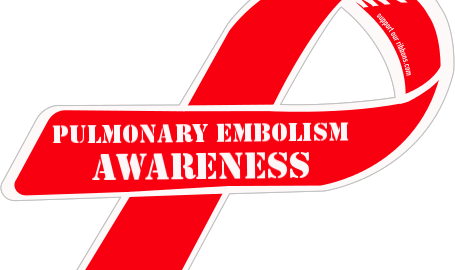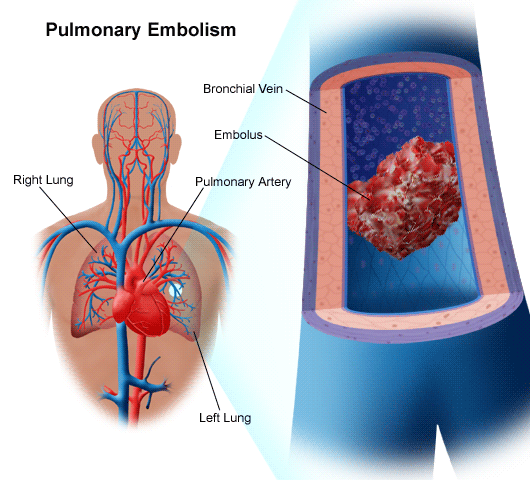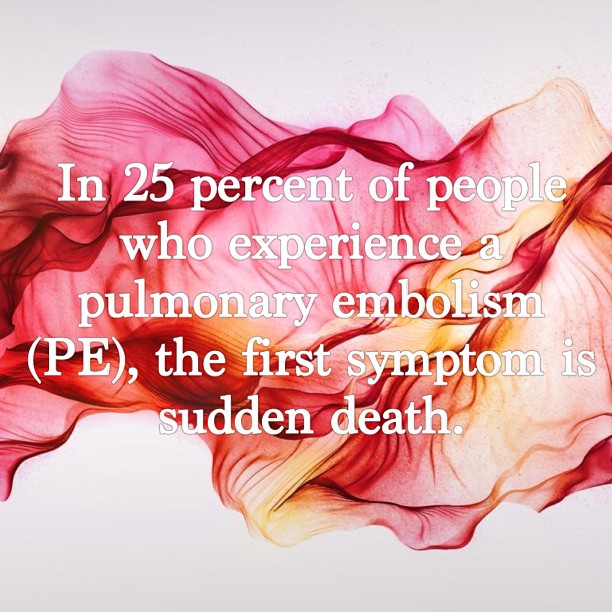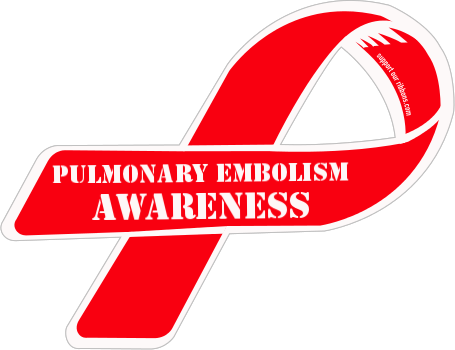When I was a young, wide-eyed medical student, I learned that in a large number of cases, when people died from unexplained cases, the autopsies would often show the patient died from a pulmonary embolus. Of course this immediately sent the message that this condition gets missed a lot and is often deadly when missed. In fact, although estimates suggest these conditions affect 300,000 to 600,000 people in the United States, the exact number of people affected by DVT (deep venous thrombosis, discussed in this Straight, No Chaser) and PE isn’t known due to how often these conditions go undiscovered.
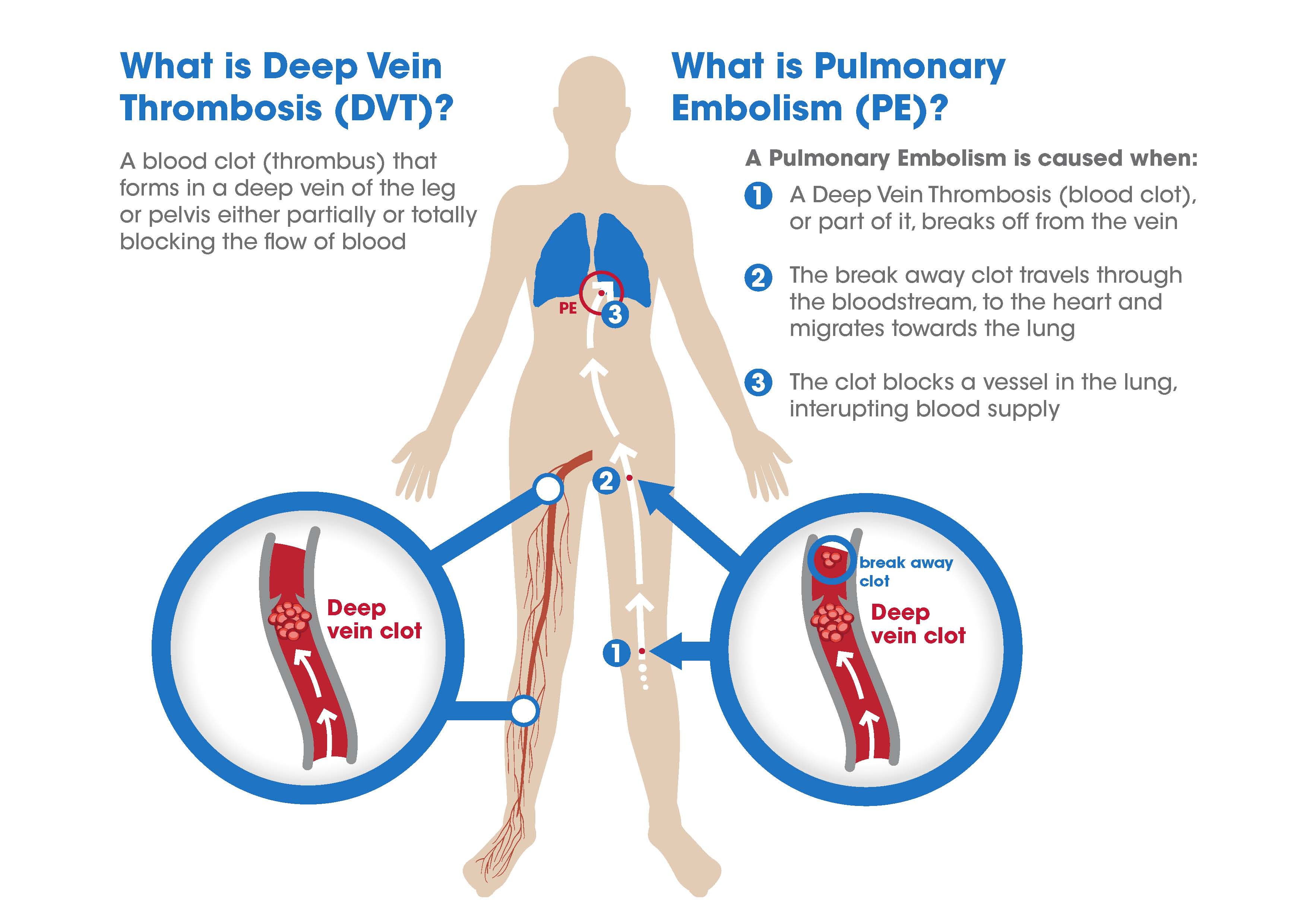
The problem is pretty straightforward. Your blood flows throughout the body, delivering oxygen and nutrients to your organs and tissues. This is necessary for normal function. If there’s a disruption in your blood flood, there will be problems. A pulmonary embolism (PE) is a sudden blockage in one or more lung arteries. This typically occurs by a clot that travels through the bloodstream to the lungs from elsewhere in the body (usually the legs, thighs or pelvis), which then gets lodged in the small arteries of the lung.
Pulmonary embolism is a serious, life threatening condition. Basically, if your blood flood through the lungs is blocked, the rest of your blood will be deprived of oxygen.
PEs can cause any or all of the following.
- Permanent damage to the lung
- Damage to other organs in your body from not getting enough oxygen
- Death
The risk of death from PEs should not be underestimated. If left untreated approximately 30% of those with PEs will die. Imagine the horror we’d express we were exposed to an infection that killed 3 of every 10 individuals affected, and the risk was as great as is presented by the frequency of DVTs and PEs.
A particular problem with PEs is our general inclination toward waiting for diseases to appear and then seek treatment, instead of being proactive and pursuing prevention. Half of those with PEs will have no symptoms. Thus if you have risks factors or wait until you have been told you have clots in your legs to start reducing your risk, your exposure is much more dramatic.
If you do have symptoms of a PE, they can include the following: shortness of breath, chest pain or coughing up blood; these symptoms may appear suddenly and severely. Symptoms of a DVT/blood clot (e.g. in your legs) include warmth, swelling, pain, tenderness and redness.
The goal of treatment is to break up the clots and to prevent other clots from forming – this is not the same as dissolving the clots, which is a very aggressive and risky step only taken in certain specific, immediately life-threatening situations. The good news is that a prompt diagnosis and proper treatment can save lives and help prevent the complications of PE. Unfortunately, such success is not guaranteed once a PE develops.
The next Straight, No Chaser will look at the unique risks athletes have that place them at risk for blood clots and PEs.
Thanks for liking and following Straight, No Chaser! This public service provides a sample of what 844-SMA-TALK and http://www.SterlingMedicalAdvice.com (SMA) offers. Please share our page with your friends on WordPress, Facebook @ SterlingMedicalAdvice.com and Twitter at @asksterlingmd.
Copyright © 2015 · Sterling Initiatives, LLC · Powered by WordPress

